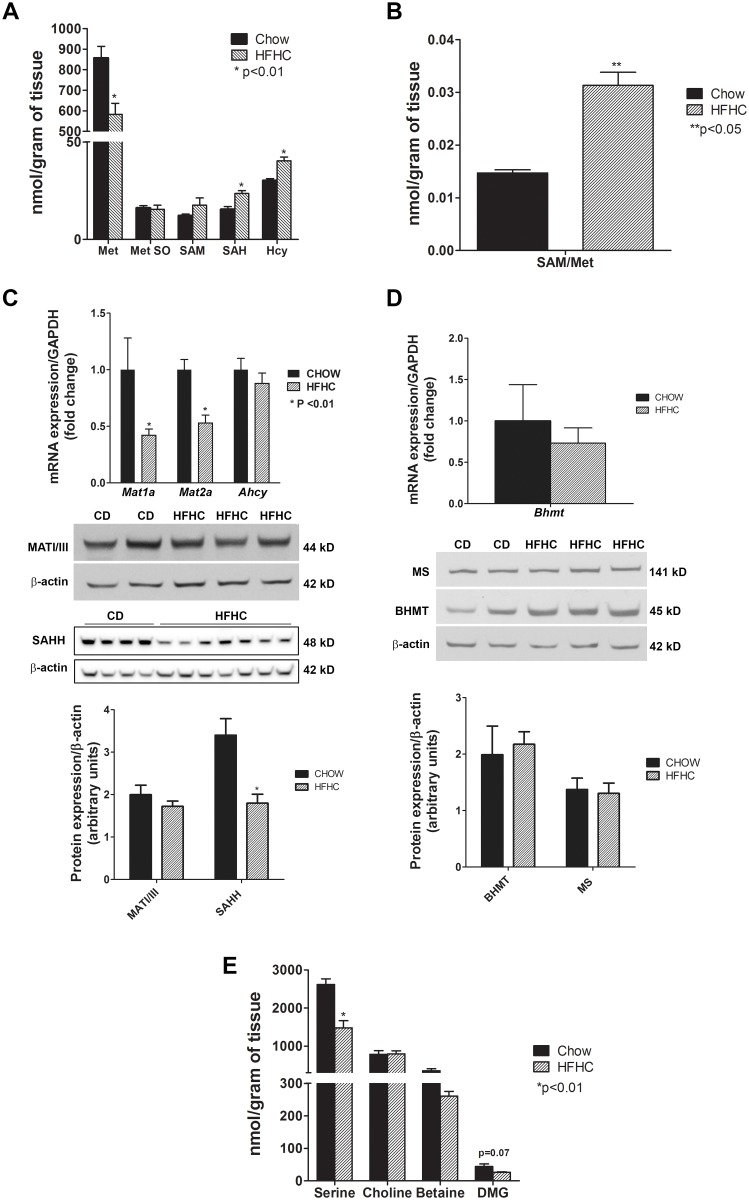Fig 1. Methionine cycle: hepatic methionine depletion and homocysteine accumulation in diet-induced NAFLD.
(A) HFHC diet for 52 weeks resulted in methionine (met) depletion (p< 0.01) and increased downstream products s-adenosylmethionine (SAM), s-adenosylhomocysteine (SAH) (p< 0.01) and homocysteine (Hcy) (p< 0.01) and (B) increased SAM/methionine ratio (p< 0.05), which is indicative of increased methionine utilization. Methionine sulfoxide (Met So) concentration remained unchanged. (C) The gene expression of methionine adenosyltransferase Mat1a and Mat2a was decreased (p< 0.01). However, the protein levels of MAT I/III, expressed solely by hepatic Mat1a, were relatively unchanged. Although SAH hydrolase (Ahcy) mRNA levels did not change, SAHH protein expression was decreased significantly (p< 0.01) which correlated with the increase in SAH levels but not the excess in Hcy. (D) The gene expression of betaine-homocysteine methyltransferase (Bhmt) and protein levels of BHMT and methionine synthase (MS), enzymes responsible for conversion of homocysteine to methionine, did not change. (E) Serine, the main one-carbon donor in the folate cycle needed for homocysteine remethylation, was depleted (p< 0.01). Whereas betaine levels trended down modestly, the decrease in dimethylglycine (DMG) almost approached significance (p = 0.07) that further indicates impairment of methionine reformation. Together, these findings suggest that homocysteine accumulation mainly results from impaired homocysteine remethylation to methionine. Data are represented as mean ± SEM.

